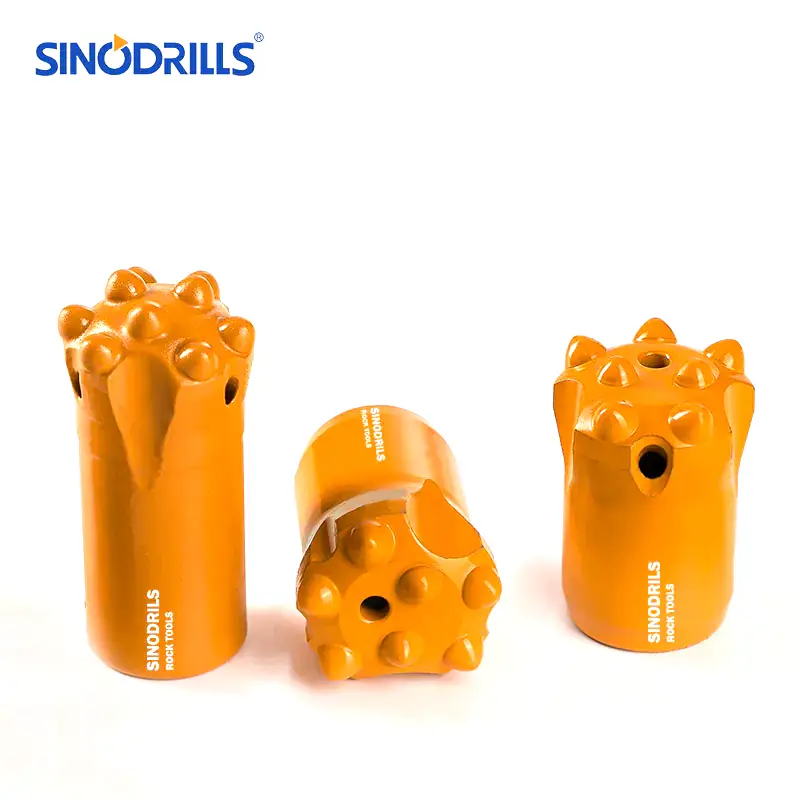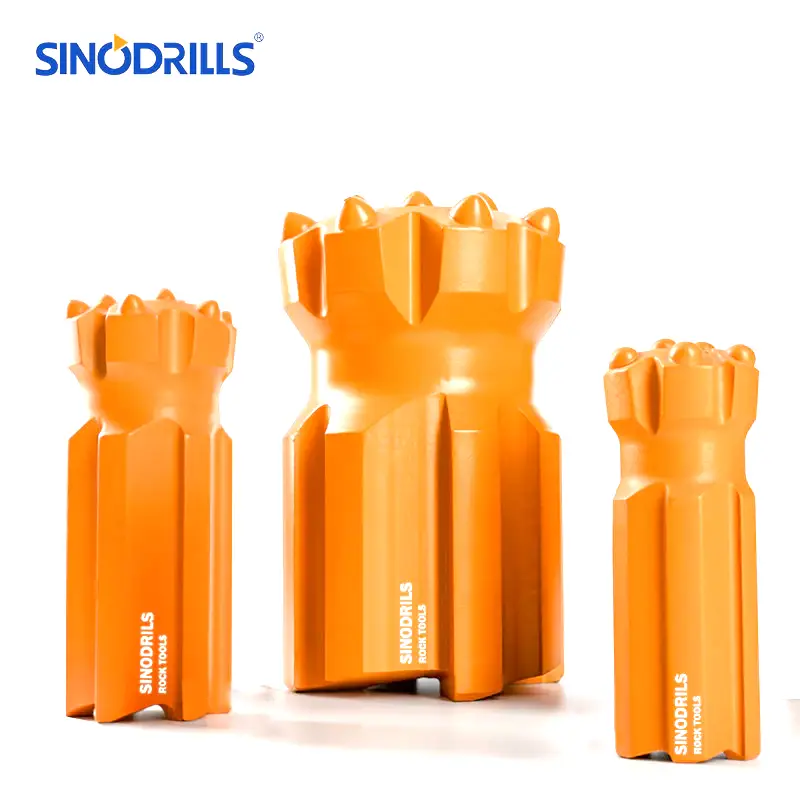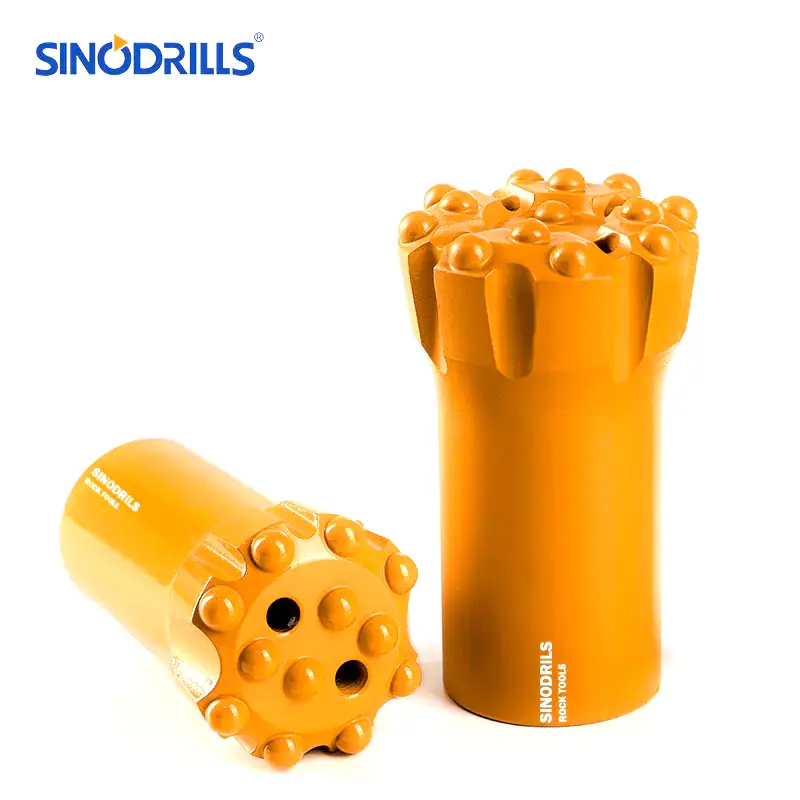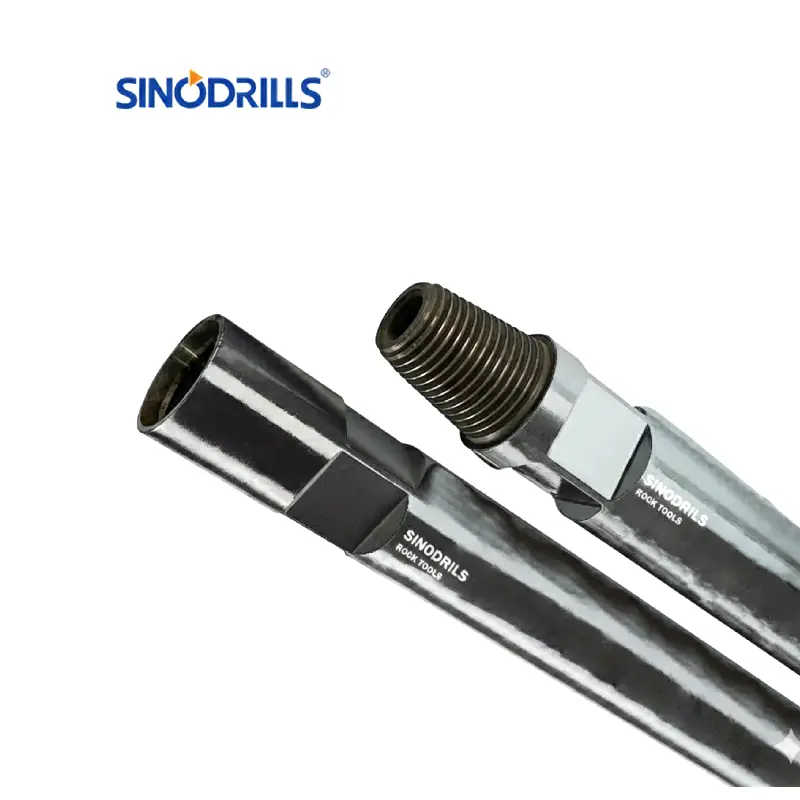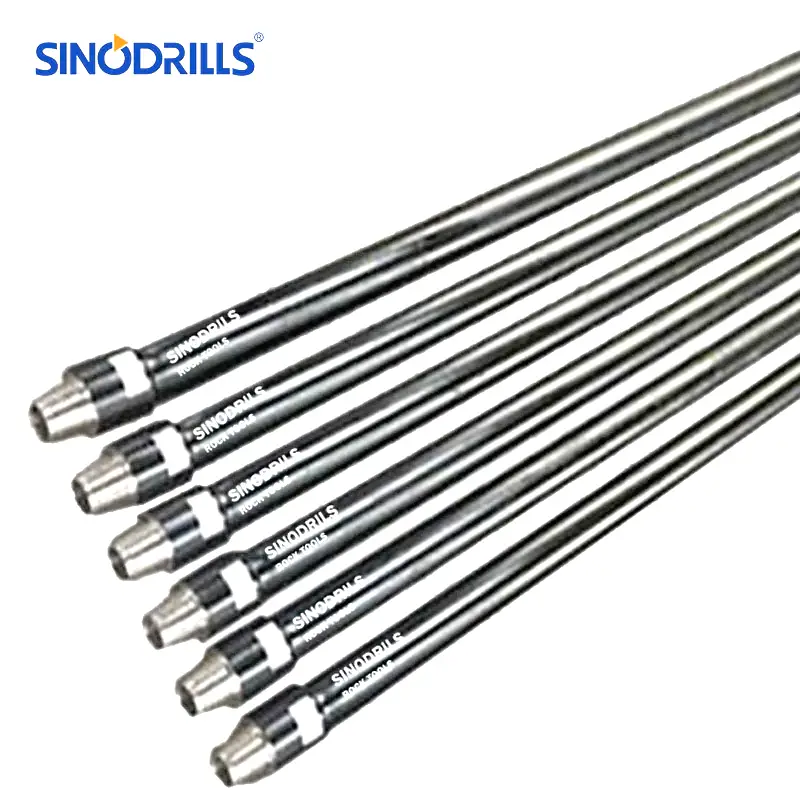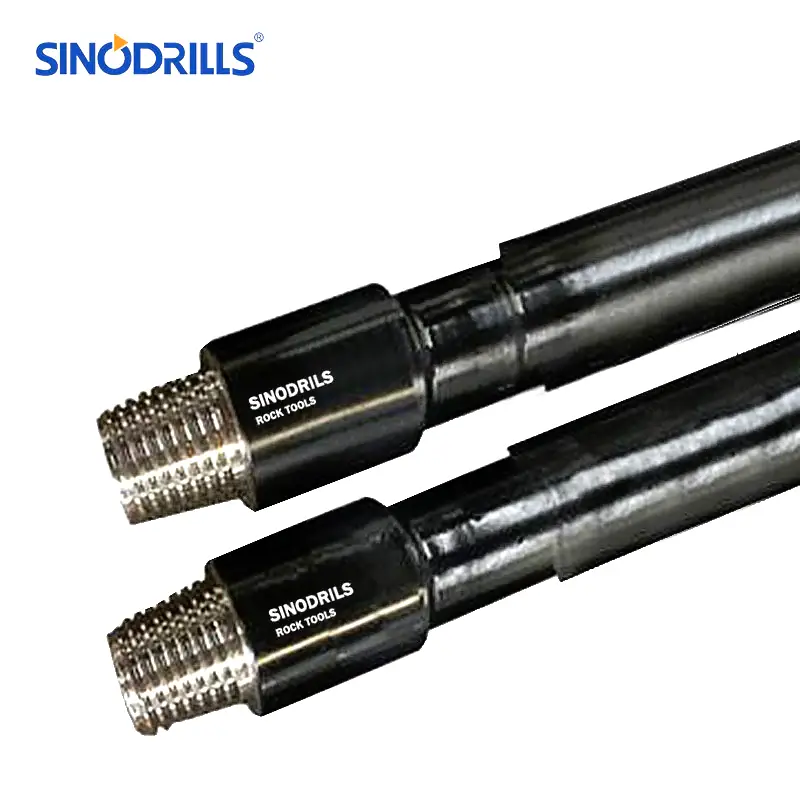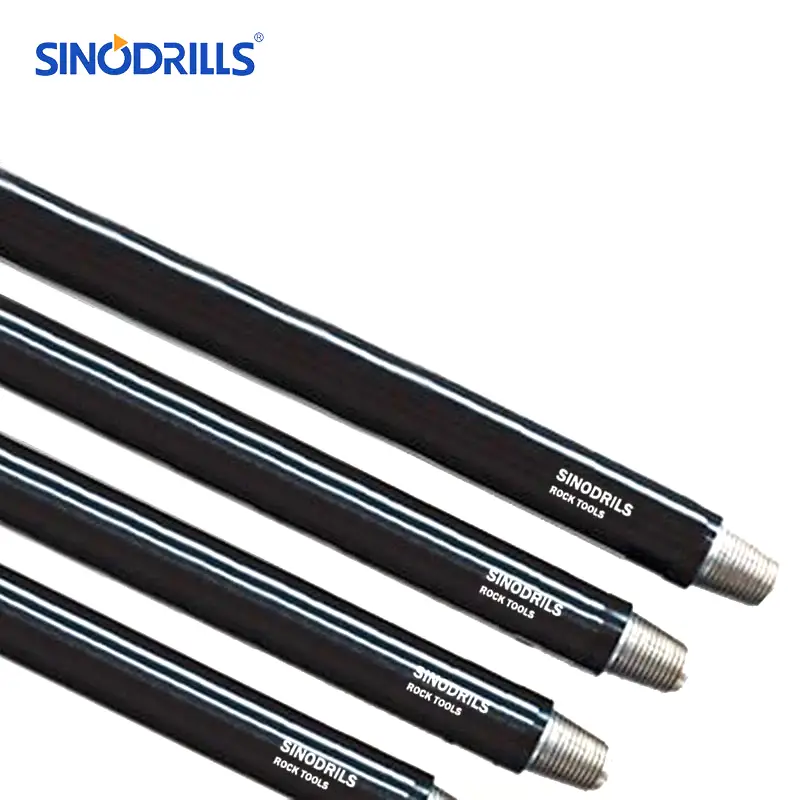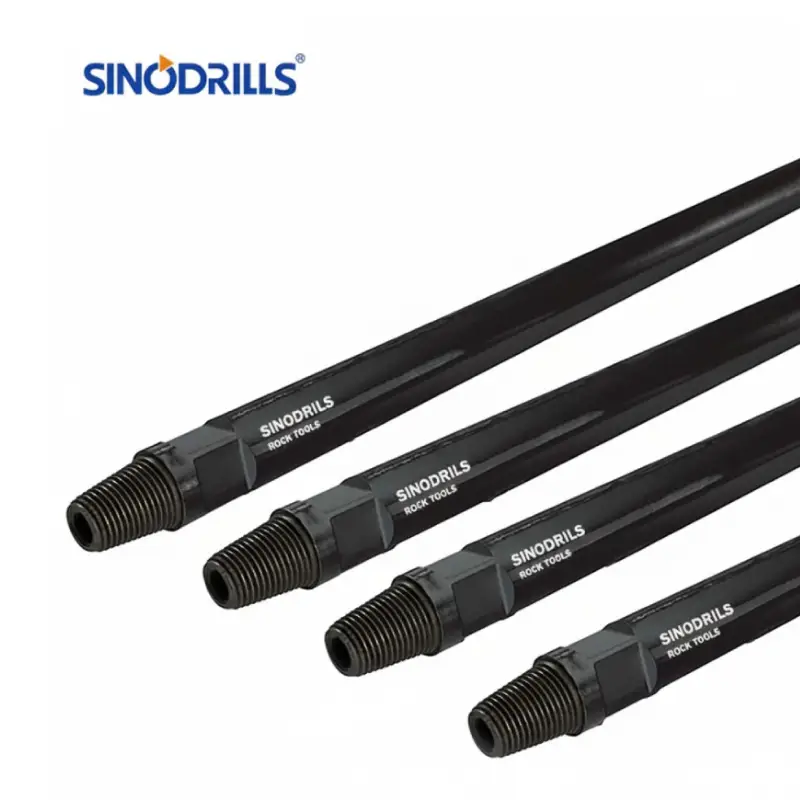Oil and gas exploration is a complex and challenging endeavor that demands precision, efficiency, and the right equipment. The success of any drilling project hinges on the careful selection of drilling tools, from the drill bit that cuts the rock to the various components of the drill string. Choosing the wrong tools can lead to significant delays and cost overruns.
This guide will walk you through the key considerations for selecting the most suitable drill bits and other essential drilling tools. Understanding the function of each component and how it interacts with the specific geological conditions of your site is crucial for optimizing performance and ensuring a successful operation.
What is Oil and Gas Exploration?
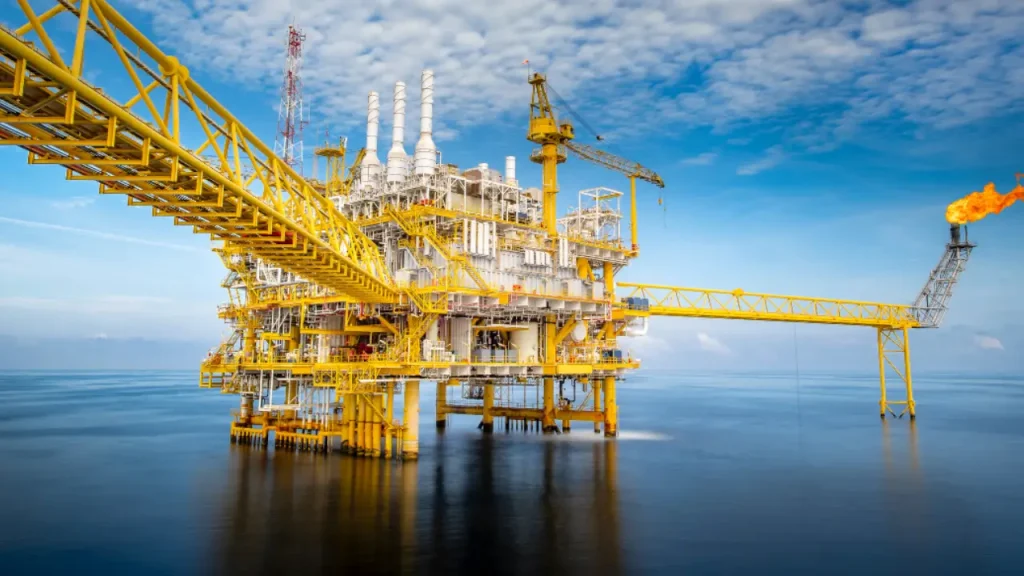
Oil and gas exploration is a monumental undertaking that relies on a symphony of specialized tools to probe the Earth’s subsurface. The process goes far beyond the surface-level machinery, extending into a complex system of interconnected downhole tools that work to penetrate rock, manage pressure, and gather critical data.
Each component, from the sharp teeth of the drill bit to the heavy drill collars that provide weight, is meticulously designed to withstand extreme conditions and ensure the integrity of the wellbore, making a successful exploration project a testament to precision engineering and advanced technology.
Types of Oil and Gas Exploration
Oil and gas exploration is a multifaceted process that involves various scientific and technical methods to locate potential hydrocarbon deposits beneath the Earth’s surface. It’s a high-stakes endeavor that blends geology, physics, and advanced technology to minimize risk and maximize the chances of a successful discovery.
- Geological Surveys: This is often the first step, involving the study of rock formations and structures on the Earth’s surface. Geologists analyze existing rock samples, fault lines, and other geological features to identify sedimentary basins that are likely to contain oil and gas. They look for source rocks, reservoir rocks, and traps that could have held hydrocarbons over millions of years.
- Geophysical Surveys: These methods use physics to create images of the subsurface. Seismic surveys are the most common, using sound waves to map underground rock layers. Explosives or specialized vibrator trucks generate sound waves that travel into the Earth, and the echoes are recorded by geophones. This data is then processed to create detailed 3D maps of geological structures.
- Gravity and Magnetic Surveys: These surveys measure subtle changes in the Earth’s gravitational and magnetic fields. Variations in these fields can indicate the presence of different rock types or structures beneath the surface. For example, a buried salt dome, which is often associated with hydrocarbon traps, can create a noticeable gravity anomaly.
- Exploratory Drilling: After a promising location has been identified through surveys, a well is drilled to confirm the presence of oil or gas. This is the most expensive and risky part of the process. If hydrocarbons are found, the well is tested to determine the quantity and quality of the reservoir. This data is essential for deciding whether the field is commercially viable.
- Remote Sensing: This involves the use of satellite imagery and aerial photography to analyze large areas of the Earth’s surface. Scientists look for subtle clues, such as changes in vegetation or surface soil composition, that could be linked to seeping hydrocarbons from a reservoir below. While not a definitive method, it can help narrow down large search areas.
Oil and Gas Exploration Process
Oil and gas exploration is a complex process aimed at locating and confirming the presence of hydrocarbon deposits beneath the Earth’s surface. This scientific and technical endeavor involves several phases, from initial surveys to drilling, to determine if a site is commercially viable.
Step 1: Geological Surveys
Geologists first study rock formations and structures to identify sedimentary basins likely to contain oil and gas. They analyze surface samples and historical data to locate potential source rocks, reservoir rocks, and trapping mechanisms that could hold hydrocarbons.
Step 2: Geophysical Surveys
Next, geophysical methods like seismic surveys are used to create subsurface images. Sound waves are sent into the ground, and their reflections are captured to map underground rock layers and identify promising geological structures that may contain oil and gas.
Step 3: Exploratory Drilling
Once a potential site is identified, a well is drilled to confirm the presence of hydrocarbons. This high-cost, high-risk step involves extracting rock and fluid samples to determine the quantity and quality of the reservoir.
Step 4: Well Testing and Evaluation
Finally, the well is tested to assess its commercial viability. Engineers measure the flow rate of oil or gas and analyze reservoir pressure. This data determines if the discovery is large enough to justify the significant investment required for full-scale development.
Drilling Tools Needed in Oil and Gas Exploration
Oil and gas exploration relies on a complex array of specialized tools to efficiently and safely drill into the Earth’s subsurface. The success of any drilling operation is determined by the careful selection and use of these tools, from the very top of the rig to the cutting edge at the bottom of the well.
This guide will break down the essential components of a drilling operation, focusing on the tools that enable the crucial task of creating a borehole and reaching hydrocarbon reservoirs. Each tool plays a specific role, contributing to the overall efficiency, safety, and success of the drilling project.
Drill Bits
The drill bit is the cutting tool at the end of the drill string, responsible for penetrating rock formations. The type of bit used is critical; it depends on the hardness of the rock. Roller cone bits use rotating cones with steel teeth or tungsten carbide inserts. They crush, they grind through formations.
For harder, more abrasive rock, fixed cutter bits are often preferred. Polycrystalline Diamond Compact (PDC) bits are one type. They use synthetic diamond cutters to shear, they scrape rock. This design provides a faster rate of penetration (ROP), a longer bit life in the right conditions.
Drill Pipe
Recommended Drill Bits
Drill pipe is the main body of the drill string. It is a hollow steel pipe. It connects the drill bit to the surface rig. This pipe transmits rotational power, it also transmits drilling fluid (mud) down to the bit. It helps circulate the cuttings back up to the surface.
This pipe comes in various lengths, various diameters. These dimensions are chosen based on the depth of the well, the specific drilling conditions. The proper selection of drill pipe is essential for maintaining the integrity, the functionality of the entire drill string.
Drill Collars
Drill collars are thick-walled steel pipes. They are placed directly above the drill bit. Their primary function is to provide the necessary weight on bit (WOB). This weight helps the bit cut through the rock efficiently.
The heavy weight of the collars keeps the drill string in tension. This prevents the drill string from buckling in the borehole. This stability is crucial for ensuring the drilling is straight, it is also for ensuring the drilling is stable.
Heavy-Weight Drill Pipe (HWDP)
HWDP is a transitional component. It is a pipe with thicker walls, with more robust tool joints than regular drill pipe. It is not as heavy as drill collars. It is used in the middle of the drill string.
This component provides a flexible weight transition zone. It is placed between the rigid drill collars, the more flexible drill pipe. This helps to reduce fatigue, it also reduces stress on the drill string, prolonging its overall lifespan.
Stabilizers
Stabilizers are tools with blades, with pads. They are fitted onto the drill collars, onto the HWDP. Their primary function is to keep the drill string centered in the borehole.
This tool prevents the drill string from wobbling. This wobble can cause vibrations. These vibrations can lead to an uneven borehole. By keeping the string stable, stabilizers improve drilling efficiency, they prolong the life of the drill bit.
Jars
Jars are mechanical tools. They are used to free a stuck drill string. If the bit or pipe gets lodged in the borehole, a jar can be activated from the surface.
This activation delivers a powerful upward or downward blow. This blow helps to dislodge the stuck section. This is a critical safety tool. It is used to prevent losing the entire drill string downhole.
Reamers
A reamer is a tool with cutting elements. It is used to enlarge a borehole. After the initial hole is drilled, a reamer may be run back into the hole.
This tool is used to widen the hole to a specific size. This is often required for installing casing, or for installing other completion equipment. Reamers ensure the hole is a uniform diameter, it is also free of any irregularities.
Downhole Motors
Downhole motors are also called mud motors. They are used to rotate the drill bit independently of the drill string. They are powered by the flow of drilling fluid (mud).
These tools are essential for directional drilling. They allow operators to steer the bit on a curved path. This steering helps reach a target reservoir that may not be directly below the rig.
Oil and Gas Exploration Methods
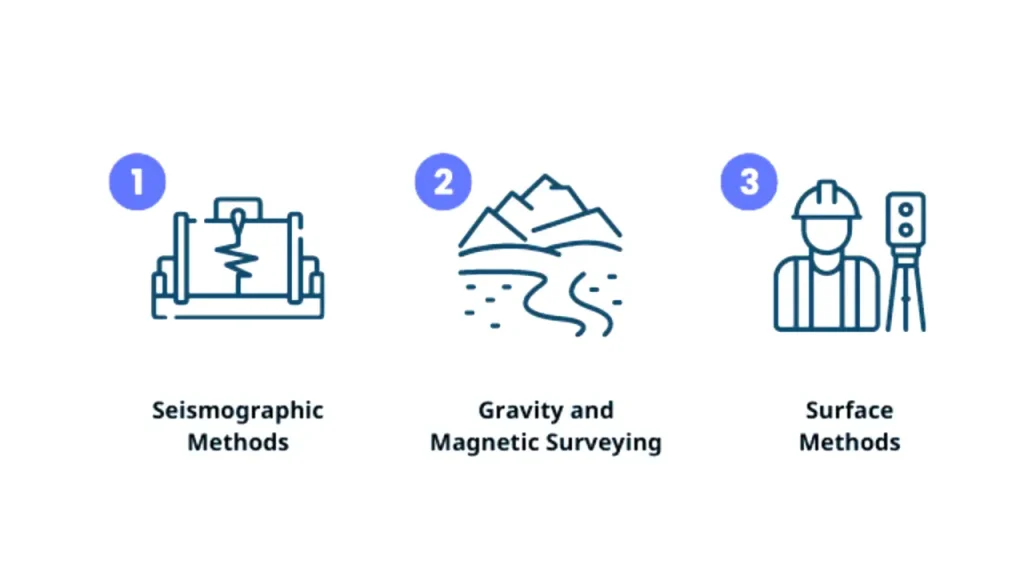
Oil and gas exploration is a multifaceted process that involves various scientific and technical methods to locate potential hydrocarbon deposits beneath the Earth’s surface. It’s a high-stakes endeavor that blends geology, physics, and advanced technology to minimize risk and maximize the chances of a successful discovery.
- Seismographic Methods: These techniques use sound waves to create a picture of the subsurface. The most common method, seismic surveying, uses sound waves to map underground rock layers. Other methods include gravity and magnetic surveys that measure subtle changes in the Earth’s fields.
- Gravity and Magnetic Surveys: These methods measure subtle changes in the Earth’s gravitational and magnetic fields. Variations in these fields can indicate the presence of different rock types or structures beneath the surface.
- Surface Methods: This involves studying surface rock formations, analyzing rock samples, and looking for surface seeps of oil or gas to identify potential source rocks and traps. It’s the most basic method, but still provides valuable initial data.
- Exploratory Drilling: This is the final and most definitive step. After a promising location is identified, a well is drilled to confirm the presence of hydrocarbons. It’s the most expensive and risky phase, but it provides concrete evidence of a reservoir.
Importance of Oil and Gas Exploration
Oil and gas exploration is a critical global activity that holds immense importance for modern society. The successful discovery and extraction of hydrocarbons are vital for powering our world, supporting industrial growth, and maintaining economic stability. These resources are the primary fuel for transportation, electricity generation, and heating systems, making them fundamental to daily life.
Furthermore, petroleum by-products are essential building blocks for a vast array of goods, from plastics and pharmaceuticals to fertilizers and synthetic fabrics. Without ongoing exploration, the world would face a severe energy deficit, leading to economic disruption, higher costs, and a decline in living standards. The continued search for new reserves is therefore a crucial component of global energy security and economic prosperity.
- Energy Security: Exploration ensures a stable and reliable supply of energy, reducing a country’s dependence on foreign sources and protecting against geopolitical instability.
- Economic Growth: The oil and gas industry is a major economic driver, creating jobs, stimulating investment in technology and infrastructure, and generating significant tax revenue for governments.
- Technological Advancement: The challenges of exploration push for constant innovation in drilling, surveying, and data analysis technologies, leading to breakthroughs that benefit other sectors.
- Foundation for Products: Petroleum is not just for fuel; it is a key feedstock for countless products we use every day, from plastics and paints to medical devices.
Conclusion
The success of your oil and gas exploration project is directly tied to the quality and suitability of your drilling tools. By carefully considering the rock formation, well trajectory, and overall project goals, you can make informed decisions that optimize drilling performance. The right combination of drill bits, pipes, and stabilizers will not only enhance efficiency but also minimize risks and costs.
Investing in high-quality, reliable drilling tools is a strategic decision that pays off in the long run. By prioritizing durability and performance, you ensure that your equipment can withstand the demanding conditions of oil and gas exploration. This attention to detail safeguards your project’s timeline and budget, leading to a more successful and profitable outcome.
For all your drilling needs, consider Sinodrills as your trusted partner. We offer a comprehensive range of wholesale drill tools for oil and gas exploration, including high-performance drill bits, drill pipes, and other essential components. Contact us today to learn more about how our superior products can empower your next project.

